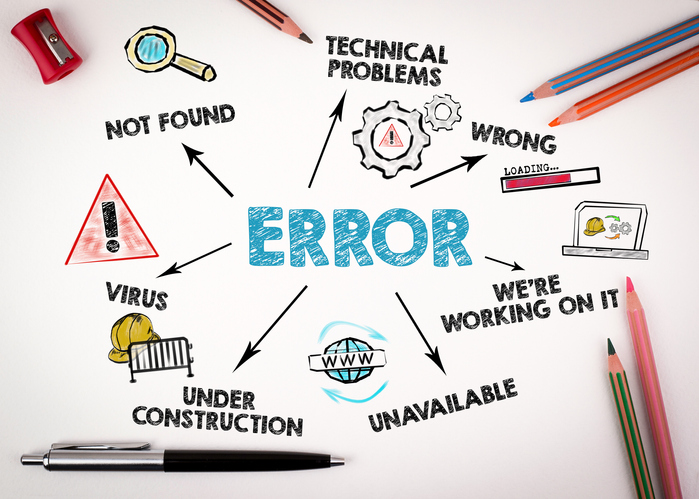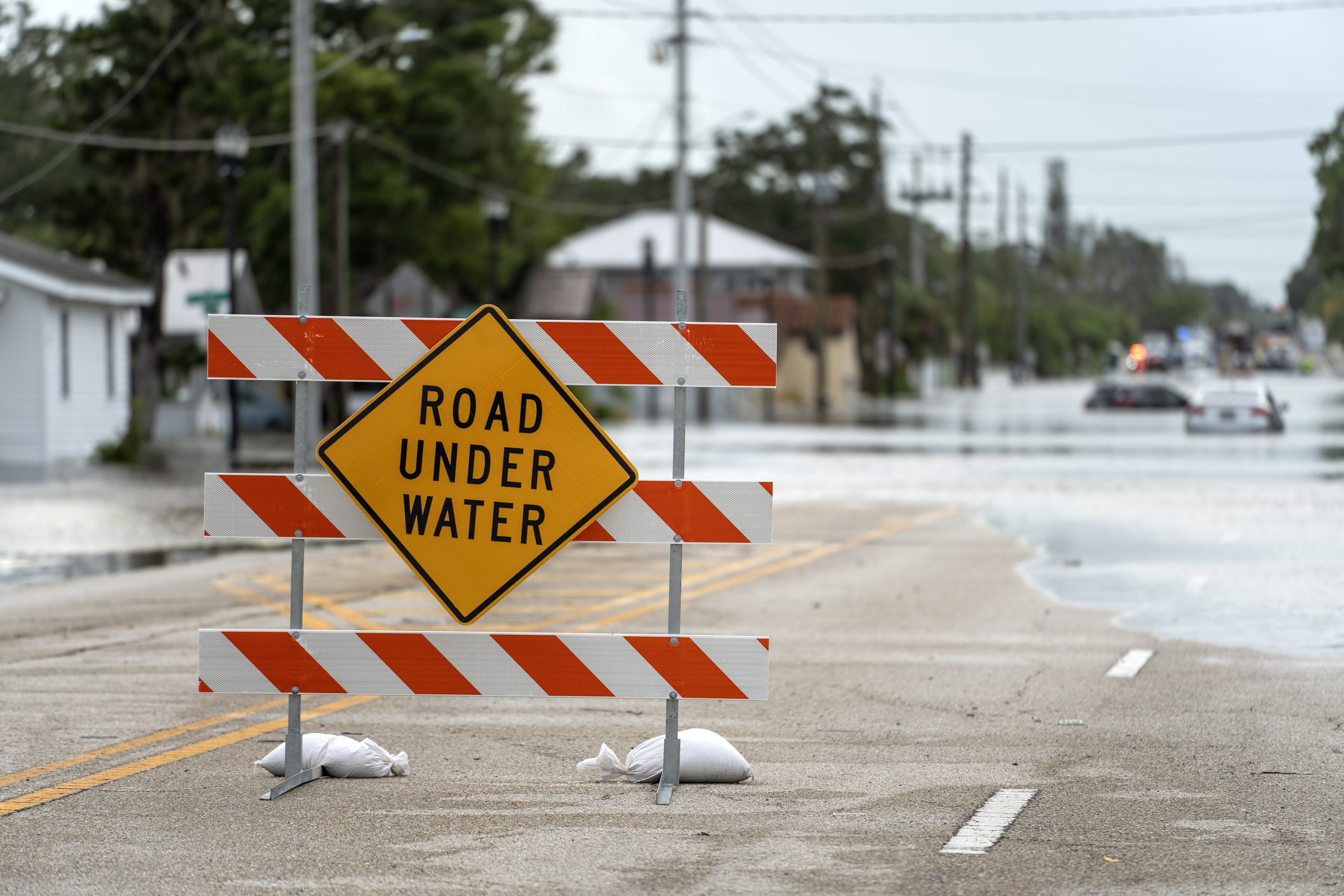Low-carbon fuel standards increase prices. That reality is, however, politically inconvenient. Advocates of HB 1091, which would impose a low-carbon fuel standard (LCFS), continue to pollute the discussion with silly claims in an effort to hide what is a simple truth.
Most recently, Climate Solutions published a two-page flier on the cost of the LCFS, purporting to show that it doesn’t increase costs. OK, they later say, it does increase costs but not much. Then they retreat to the claim that it may increase costs a significant amount, but oil companies should pay for it.
As we’ve noted before, the costs of an LCFS are not a controversy among any of the state agencies implementing the law. They all agree – as we show again below – that it increases costs significantly, so, it feels odd to once again plow this ground.
The piece put together by Climate Solutions is so full of basic factual errors and contradictory information, I thought I would address them in one place.
Claim: “California’s standard has been in place for a decade. The average price of gas in the state is actually less today than it was at the beginning of the program!”
Reality: False. According to the Energy Information Administration, when California’s LCFS began in January 2011, the average cost of a gallon of gas was $3.35. Today it is $3.54, about 19 cents higher. This has been the case for a while but LCFS advocates continue to make this claim, sometimes even pointing to prices from last June, during the COVID shutdown, but refusing to update the information.
Prices fluctuate for a variety of reasons, so this talking point is misleading to start with. Even so, it is remarkable that they continue to use a talking point that is demonstrably inaccurate.
Claim: “It is clear that higher clean fuels prices do not equate to higher gas prices.”
Reality: The state of California and Oregon say this claim is false. The California Air Resources Board (CARB) says at $100 per metric ton, an LCFS will increase the price of a gallon of gas by 12 cents per gallon for every 10 percent reduction in carbon intensity – 2028 in HB 1091. The current California price per credit is $199, which calculates to 24 cents per gallon.
Staff at Oregon’s Clean Fuels Program put the price increase for a $100 credit at 11 cents per gallon when the LCFS is fully implemented and even provide a formula to calculate the result.
The game being played here is the same as above, saying that since the cost of the LCFS isn’t the only cost driver for a gallon of gas, the LCFS doesn’t “equate” to higher gas prices. This is intentionally misleading. This is akin to saying that increasing gas taxes doesn’t “equate” to higher gas prices since the price of a gallon may decline if world oil prices go down. That is a clearly laughable claim and it is indicative of the cheap games LCFS advocates need to play.
Claim: “In California, any costs associated with the Clean Fuel Standard have been far lower than projected.”
Reality: False. In 2015, CARB projected the highest potential cost of LCFS credits would be $100 per metric ton by 2020. At the time they claimed that price “likely over-estimates costs.” The actual cost in 2020 – in the middle of a dramatic decline in demand for gas during the COVID lockdown – reached $206, more than double the projection. In fact, credit prices exceeded $100/MT in January 2016, just months after they made the projection.
In reality, prices have been more than double what CARB projected as a worst case.
Claim: “CARB, California’s implementing agency, provided a worst case scenario, upper limit cost for compliance with their standard at just 8.9 cents per gallon.”
Reality: False and CARB was wrong. First, as noted above, CARB estimated the worst-case scenario to be $100 per metric ton. They were completely incorrect.
Second, even at $100 per credit, CARB estimated the cost would increase by 12 cents per gallon, as we noted above. Climate Solutions is using incorrect information and relying on projections that have proven to be completely inaccurate.
Claim: “In fact, according to Consumer Reports, as a result of California’s clean transportation policies, households can expect to save over $1,000 annually.”
Reality: This one is a mess. First, the study is from 2016, so the projections are out of date.
Second, this projection combines all of California’s “clean transportation policies,” including the LCFS, cap-and-trade, and three other policies.
Third, the highest potential cost they estimate for the LCFS is $185 per credit. The average cost per credit was above that level in 2019, just three years after this study was published. Once again, the real cost of the LCFS is higher than estimated.
Fourth, the study assumes the cost of gas would reach $3.47 in 2020 – 10 percent higher than the actual – which exaggerates potential gas savings for EVs. Ironically, Climate Solutions points to low gas prices when it is useful to claim the LCFS doesn’t increase costs but uses high gas prices to exaggerate savings from the LCFS.
Finally, the savings projection is for 2030. How much faith should we put in a study’s projections for 2030 when the authors couldn’t even accurately project the maximum LCFS credit price just three years after the study was published?
Claim: “California’s Clean Fuel Standard accounted for only 1% of the cost of gasoline.”
Reality: Very outdated data. This claim relies on a graphic in a story in the San Jose Mercury News from November 1, 2017. At the time, the cost of a credit was only $94 and the LCFS was only partially implemented. Today, the cost of a credit is about $200 and the LCFS is fully implemented. Using 2020 numbers, the cost is four times as high today.
It is also worth noting that this graphic contradicts the first claim that the LCFS doesn’t increase gas prices. Here, their own source, says it does.




